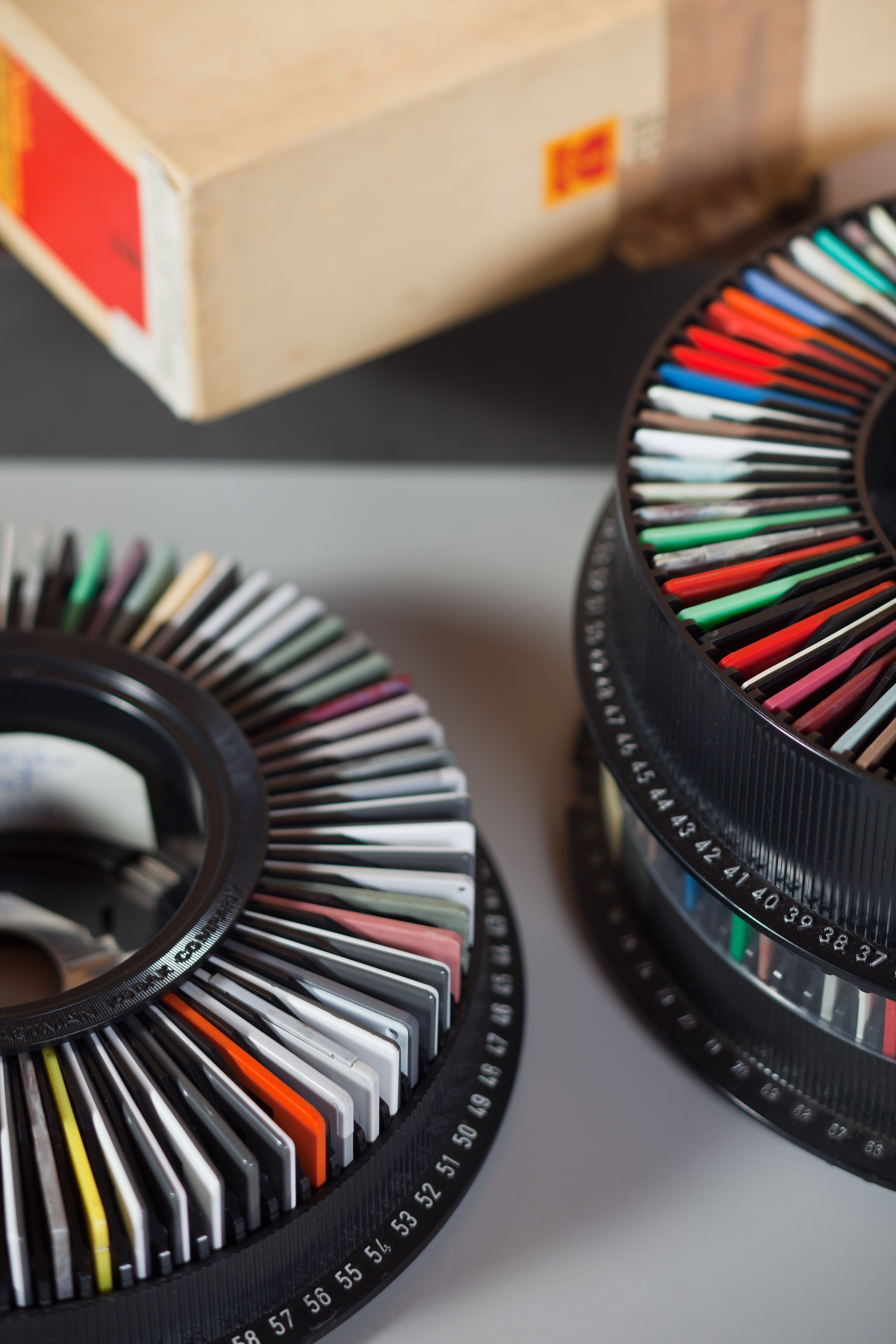From the very beginning the Artists’ Archives were designed as an integral part of the new Museum of Modern Art in Warsaw, primarily owing to the efforts of Maria Matuszkiewicz, a member of the founding team of the Museum, who has supervised the development of the Archives since 2008.
She collects artzines, manifestos, private and official letters, and documentation of artistic activities — including also private ones.
The donated collections include private archives of: sculptor Władysław Hasior (his “photographic notes”); architect, educator, and visuality theoretician Oskar Hansen; sculptor Alina Szapocznikow; video artist and objects creator Zbigniew Libera; video artist Józef Robakowski, and photographers Tadeusz Rolke and Eustachy Kossakowski. Maria Matuszkiewicz also works at professor Gregory Kowalski’s studio at the Warsaw Academy of fine arts, the so-called “Kowalnia”. Throughout the years the studio formed a milieu, which included some of the most prominent Polish artists of the so-called “critical art” of the 1990s. One of them, a controversial video artist Artur Żmijewski, donated his archive from the creation of the 7th Biennale in Berlin in 2012 during which he was the main curator. Also conceptual artists and performers Zofia Kulik and Przemysław Kwiek (the KwieKulik duo) have formally donated their gigantic archive, documenting the artistic life of the 1970s and 1980s; the duo considers the archive to be a work of art in itself. The Archives were initiated with an equally impressive private collection of the co-founder of the legendary Galeria Foksal avant-garde gallery, Anka Ptaszkowska.
Usually the Archives receive large collections built across many years. Their content varies significantly. Sometimes they are a private documentation gathered throughout the entire artistic career (Hasior), sometimes they constitute the heritage of an entire milieu (Kowalnia), on other occasions they cover a single project (Joanna Rajkowska, Greetings from Jerusalem Avenue, the installation known to citizens of Warsaw and tourists as “the palm tree” at the Charles De Gaulle Roundabout).
The processes of building the archive are similar for all three Polish Performance Archive, the Artists’ Archives, and the Filmoteka of MSN archive. The recordings and documentations are either deposited or donated to the Museum by collection owners, artists or their heirs, usually free of charge. Sometimes they reach out themselves, on other occasions it is the Museum that initiates the contact.
Next step involves a selection process, cataloguing, digitisation, and technical and conceptual description. After that, the works are published at the website. These tasks are carried out by a small team of 2-3 persons with the support of a rotating staff composed of volunteers and interns. Since the museum is facing financial difficulties, which translate to issues with full-time employment of workers and the digitalisation equipment, the “processes of publication is delayed”
“[The Archives] show how the artists got involved in the reality, also the social and political one, what did they want to achieve and how did they use their new creative methods.” (a description at the Museum’s website)
As Robert Jarosz, the head of the Archives points out: “Everything that the artists did in Polish People's Republic most certainly represented the culture of dissent. A successful one in terms of the works it produced. (...) In the 1960s, and the 70s, and especially in the 1980s, but also the 90s — the social and political reality in times of transformation is still a battlefield in one way or another.”

